Episode 1717: St Flavian
St. Flavian who was Archbishop of Constantinople from 446 to 449. He is venerated as a saint by the Eastern Orthodox Church and the Catholic Church.
Early life and rise to Archbishop
St. Flavian the Confessor
Little is known about St. Flavian's early life. He was a Bishop and the guardian of the sacred vessels of the great Church of Constantinople. He was known for his piety and was highly regarded by the people and clergy.
In 446, following the death of Patriarch Proclus, Flavian was chosen to succeed him as Archbishop of Constantinople.
Theological Controversy and the Robber Council of Ephesus
During Flavian's time as Archbishop, a major theological controversy erupted concerning the nature of Christ. A monk named Eutyches) proposed a heretical doctrine called Monophysitism, which claimed that Christ had only one nature, the divine. Flavian, along with Pope Leo I of Rome, strongly opposed this heresy and upheld the orthodox teaching of Christ's two natures, divine and human.
In 448, Flavian called a local council in Constantinople, which condemned Eutyches for his heresy. However, Eutyches had powerful supporters, including the Emperor Theodosius II's eunuch Chrysaphius . Through political maneuvering, Eutyches managed to secure the calling of another council, which became known as the Robber Council of Ephesus In 449. This council was dominated by Eutyches'supporters and Flavian was unjustly deposed and physically abused.
Death and Vindication
Flavian was exiled to Hypaepa in Lydia, where he died of his injuries on August 11, 449. He is considered a martyr by both the Eastern Orthodox and Catholic churches.
In 451, the Fourth Ecumenical Council, the Council of Chalcedon, vindicated Flavian and condemned both Eutyches and the Robber Council of Ephesus. The council also affirmed the orthodox teaching of Christ's two natures, as expressed in Pope Leo I's famous Tome.
Legacy
St. Flavian is remembered for his courage in defending the orthodox faith against heresy. He is also seen as a symbol of the importance of upholding the truth, even in the face of persecution.
Additional Information
Flavian's letters to Pope Leo I and the Emperor Theodosius II are important sources for understanding the controversy of the 5th century.
Flavian is often depicted in icons and other art wearing the omophorion, a liturgical vestment that symbolizes the sheep carried by the Good Shepherd.
-
 13:02
13:02
CatholicReboot
4 months ago $0.01 earnedEpisode 1791: St Volusian
87 -
 11:58
11:58
CatholicReboot
4 months ago $0.03 earnedEpisode 1772: St Agatho
386 -
 1:02:30
1:02:30
Sancta Sedes Apostolica - The Holy Apostolic See
2 months agoVIDEO - Missa Feria Quinta, Coenae Domini - Oleum Sanctum - Jacobus I, P.P. - 28 March, 2024 AD
24 -
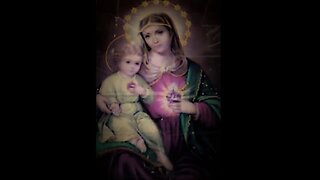 1:06:31
1:06:31
Sancta Sedes Apostolica - The Holy Apostolic See
1 month agoVIDEO - The sedevacantist HERESY does NOT lead to the truth of salvation...5 April, 2024 AD
13 -
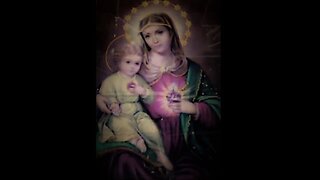 1:01:55
1:01:55
Sancta Sedes Apostolica - The Holy Apostolic See
4 months agoVIDEO - The curse of the sedevacantist HERESY...12 January, 2024 AD
14 -
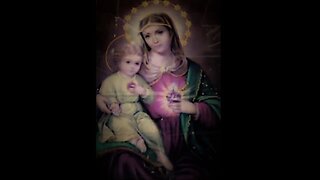 1:00:47
1:00:47
Sancta Sedes Apostolica - The Holy Apostolic See
3 months agoVIDEO - Canonical rules of fasting in Lent and some excerpts from heretics...13 February, 2024 AD
16 -
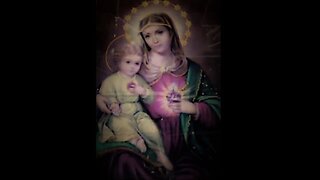 52:50
52:50
Sancta Sedes Apostolica - The Holy Apostolic See
1 month agoVIDEO - And there shall be made ONE fold and ONE Pastor...19 April, 2024 AD
22 -
 1:20:12
1:20:12
Sancta Sedes Apostolica - The Holy Apostolic See
4 months agoThe sedevacantist heresy in its sacrilegious abominable perverted aspects...24 January, 2024 AD
25 -
 36:33
36:33
Sancta Sedes Apostolica - The Holy Apostolic See
3 months agoVIDEO - How to truly resist the devil and avoid heretical fabrications of his servants...27 February, 2024 AD
20 -
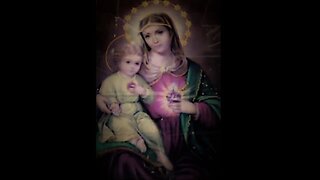 1:10:49
1:10:49
Sancta Sedes Apostolica - The Holy Apostolic See
4 months agoVIDEO - The (crying for vengeance) heretical lies of the SSPX heretics...
133